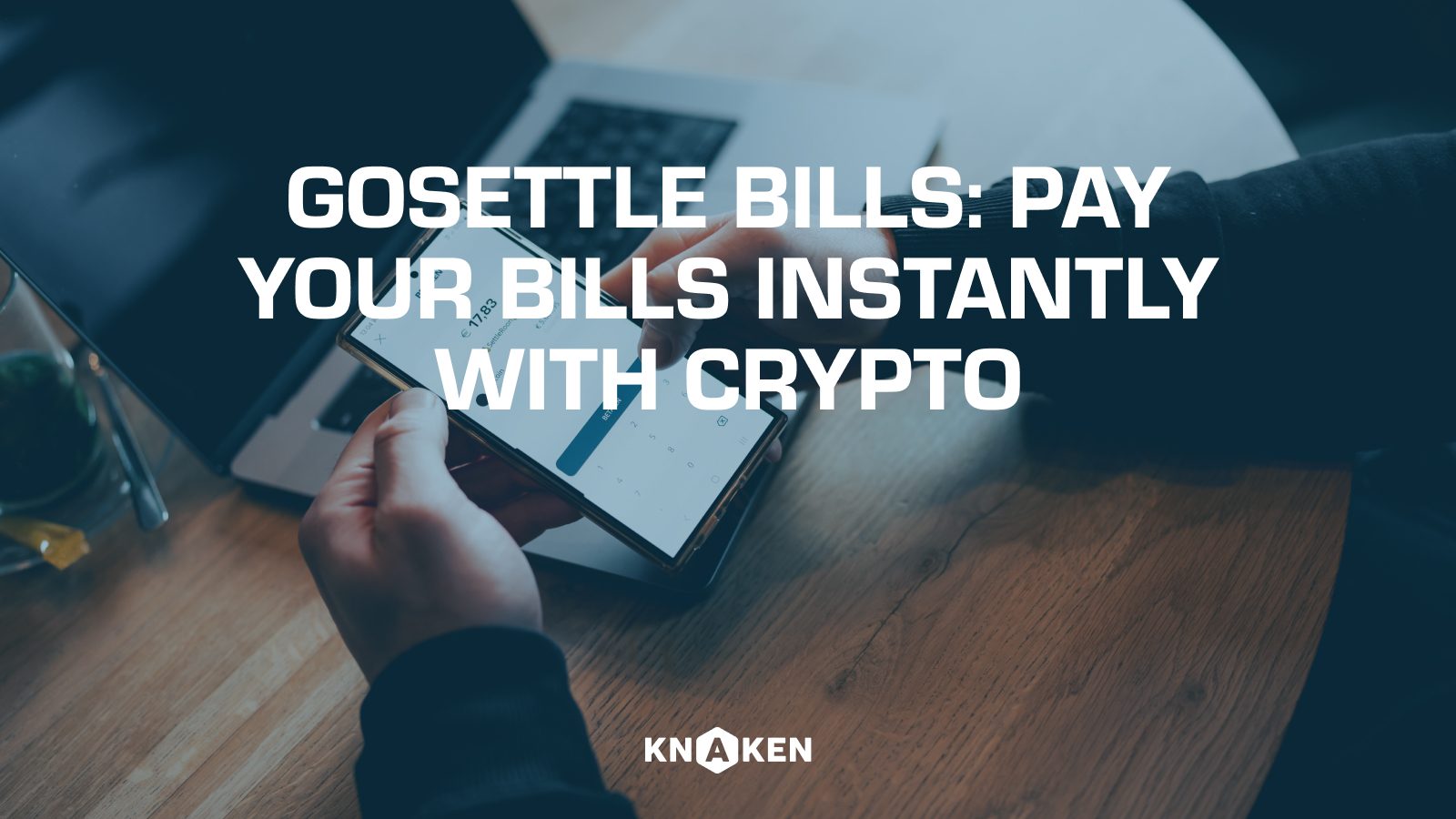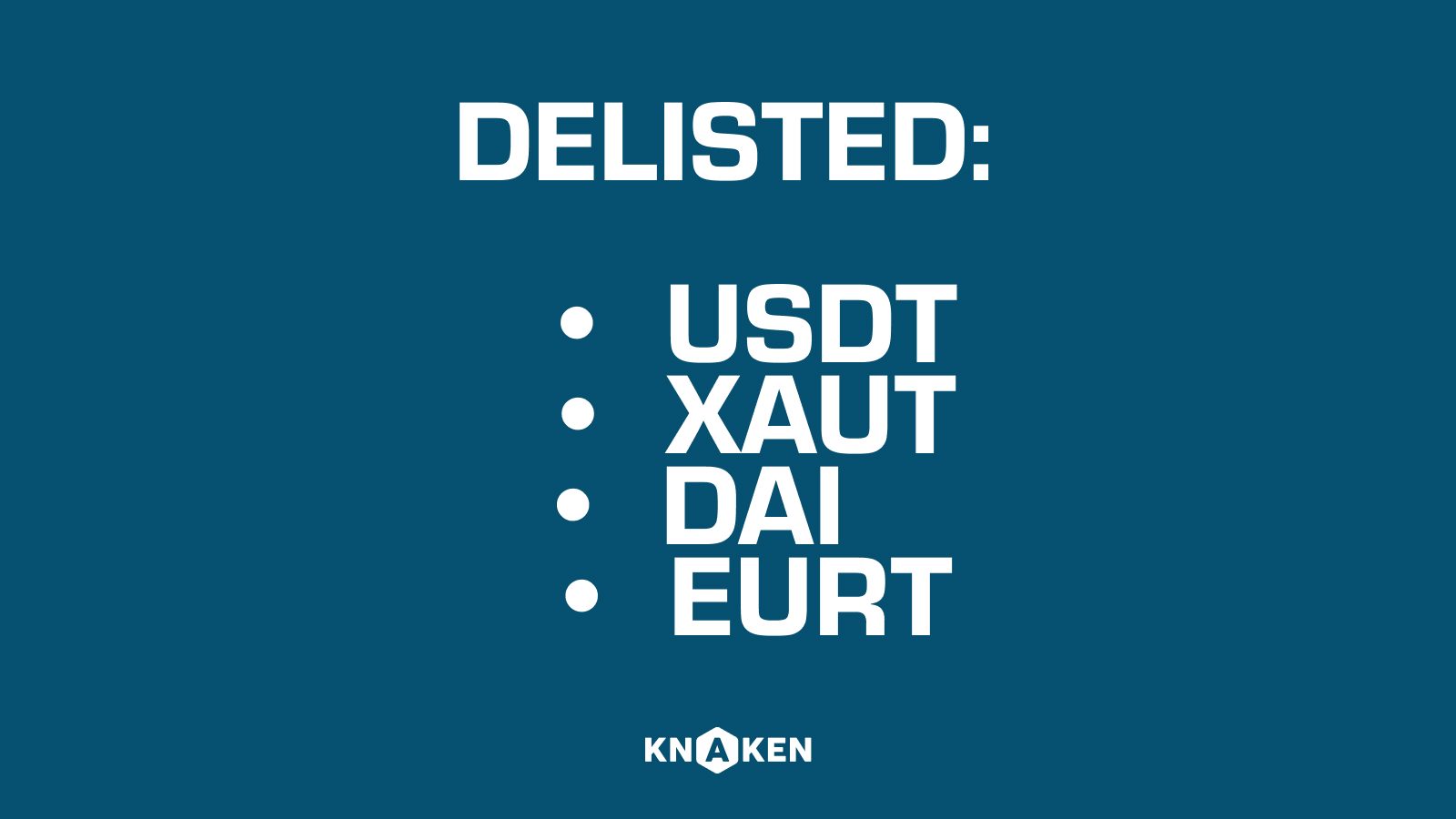Polkadot Guide
Introduction to Polkadot
Polkadot is an innovative multi-chain platform designed to enable different blockchains to interoperate and share information. Developed by the Web3 Foundation and led by Dr. Gavin Wood, co-founder of Ethereum, Polkadot aims to address scalability, usability, and governance issues prevalent in existing blockchain ecosystems. The platform facilitates the creation of a connected network of blockchains, called “parachains,” which can operate in parallel while benefiting from the security and stability provided by the main chain, known as the “Relay Chain.”
Key Features of Polkadot
- Interoperability: Polkadot allows multiple blockchains to communicate and share data seamlessly, enabling a range of decentralized applications.
- Scalability: The architecture of Polkadot allows for multiple transactions to be processed in parallel through its parachains, resulting in increased throughput.
- Shared Security: All connected parachains benefit from the security provided by the Relay Chain, reducing the burden of individual blockchains needing to secure themselves.
- Governance: Polkadot features an on-chain governance model that encourages community participation in decision-making processes regarding platform upgrades and changes.
- Upgradability: Unlike many blockchains that require hard forks to implement upgrades, Polkadot allows for future changes to be made through a streamlined governance process, minimizing disruption.
Infrastructure of Polkadot
Polkadot’s architecture consists of several key components:
- Relay Chain: The core of the Polkadot ecosystem, responsible for network security, consensus, and interoperability between parachains.
- Parachains: Independent blockchains that can have their specific use cases and features while utilizing the security of the Relay Chain.
- Bridges: Special mechanisms that connect external blockchains to the Polkadot ecosystem, facilitating interoperability beyond the native parachains.
- Validators: Nodes that stake DOT tokens and are responsible for validating transactions on the Relay Chain and securing the network.
- Nominators: DOT token holders who nominate validators to enhance security and participate in the governance process.
- Collators: Operators of parachains who collect and produce new blocks for their chains while ensuring compatibility with the Relay Chain.
DOT Token: The Native Cryptocurrency of Polkadot
The DOT token is the native utility token of the Polkadot network with multiple functionalities:
- Governance: DOT holders can participate in network governance decisions, influencing proposals and voting on key issues.
- Staking: Users can stake DOT tokens to earn rewards while securing the network by nominating validators.
- Bonding: DOT tokens are used to bond parachains onto the Relay Chain, a process that promotes long-term investment in the ecosystem.
Advantages of Polkadot
Polkadot offers several compelling advantages over traditional blockchain platforms:
- Enhanced Performance: By allowing multiple blockchains to run simultaneously, Polkadot can handle a higher number of transactions per second.
- Interconnected Ecosystem: Developers can create specialized blockchains that cater to specific applications while still being able to interact with other chains in the Polkadot network.
- Robust Security Model: Shared security reduces the risks associated with launching new blockchains, making Polkadot an attractive option for developers.
- Flexible Governance: The ability to upgrade the network without hard forks ensures continuous improvement and adaptation to technological advances.
Challenges and Considerations
Despite its advantages, Polkadot faces several challenges:
- Complexity: The multi-chain architecture can be complex for developers to understand and implement effectively.
- Niche Adoption: Parachains may struggle to gain traction if they don’t address specific needs within the ecosystem, limiting overall network utility.
- Competition: Other platforms like Cosmos and Ethereum 2.0 also aim to enhance blockchain interoperability, which could challenge Polkadot’s adoption.
The Polkadot Ecosystem
The Polkadot ecosystem is rapidly evolving, with numerous projects and initiatives being developed:
- Astar Network: A smart contracts platform that supports multiple blockchains and aims to enhance decentralized application development.
- Moonbeam: An Ethereum-compatible parachain that enables developers to build decentralized applications using existing Ethereum tools and protocols.
- Phala Network: A privacy-preserving cloud computing service that allows users to process sensitive data while benefiting from Polkadot’s security.
- Acala: A decentralized finance hub that aims to provide financial applications and services within the Polkadot ecosystem.
Conclusion
Polkadot represents a significant advancement in blockchain technology by providing a framework for interoperability, scalability, and shared security. As the ecosystem continues to expand, it holds the potential to revolutionize how decentralized applications are developed and interact with each other. Understanding its architecture, advantages, and challenges is crucial for anyone looking to explore the future of blockchain technology.


















